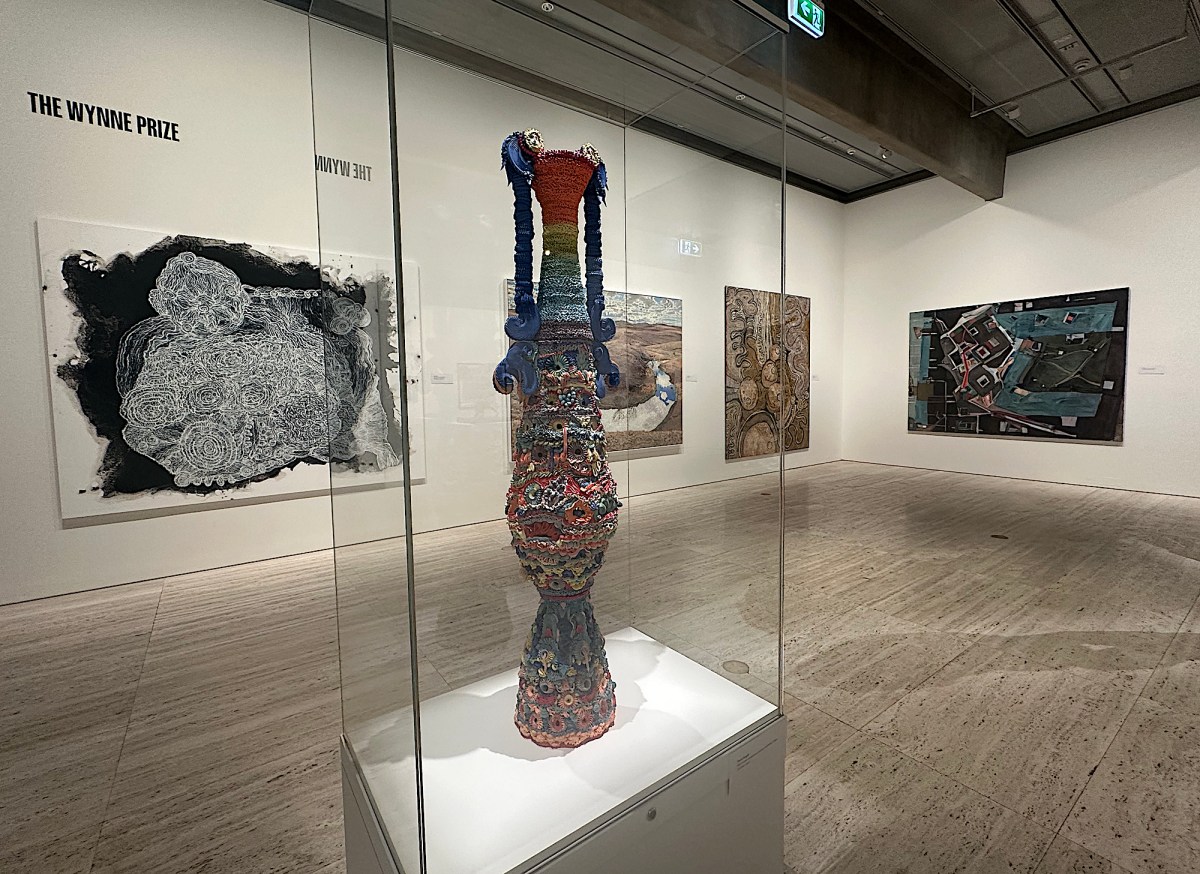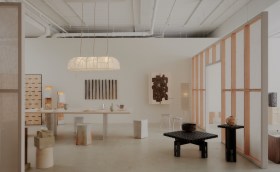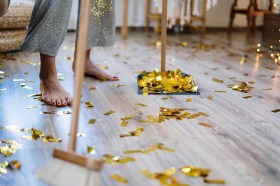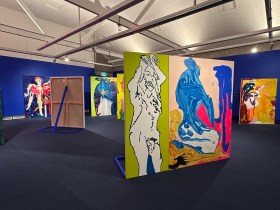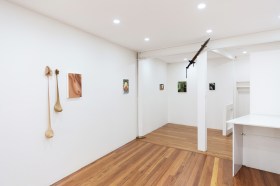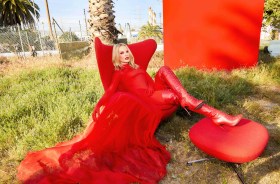The Archibald, Wynne and Sulman Prizes are always a highlight on the art calendar, opening the Gallery of NSW up to new audiences and opening up opportunities for new artists. Indeed, for this year’s Sulman and Wynne Prizes, 60% of finalists for both were first-time inclusions. It is also a first for curator Beatrice Gralton, who has been charged with delivering the finalist exhibition this year.
Generally, the suite of prizes has a very different feel this year. There is a lot of sculpture included – more than recent years – and artists have really extended themselves and pushed their medium into new techniques and ideas, offering a level of surprise.

